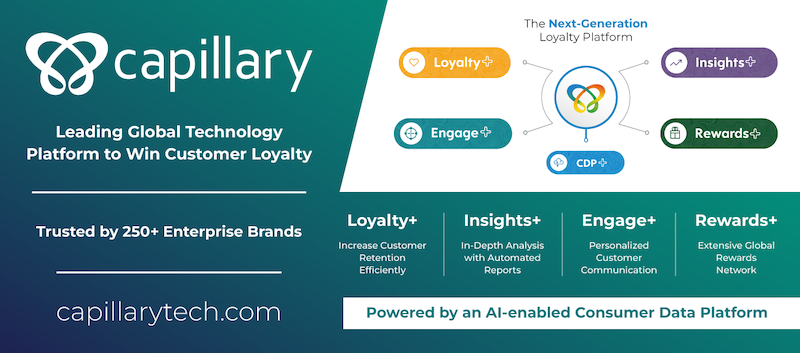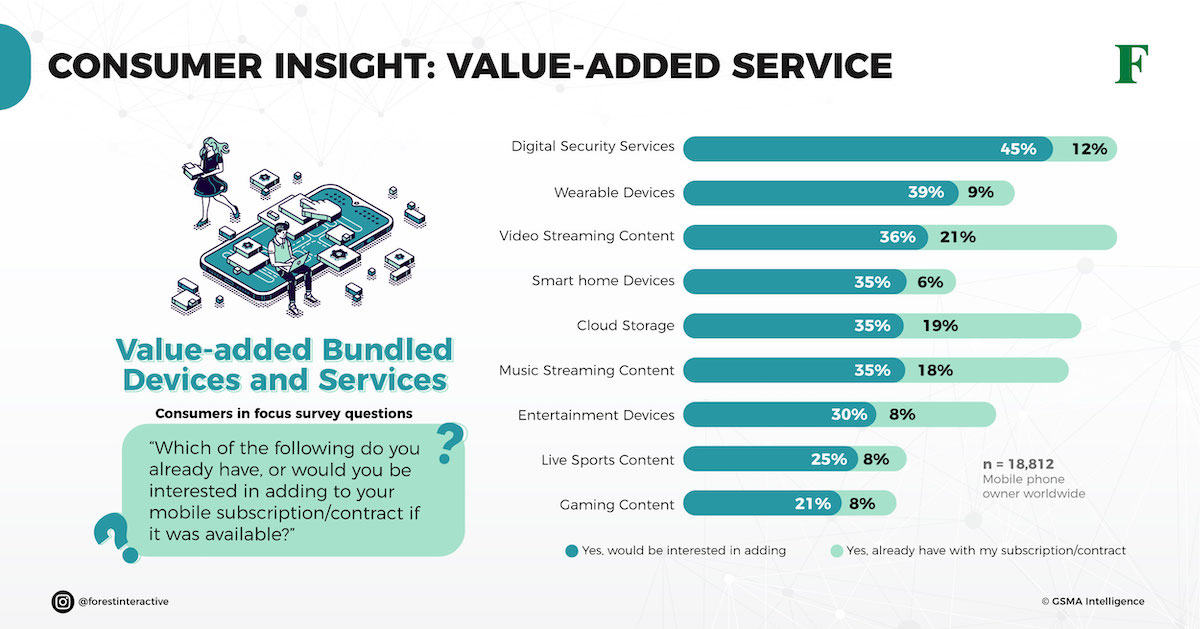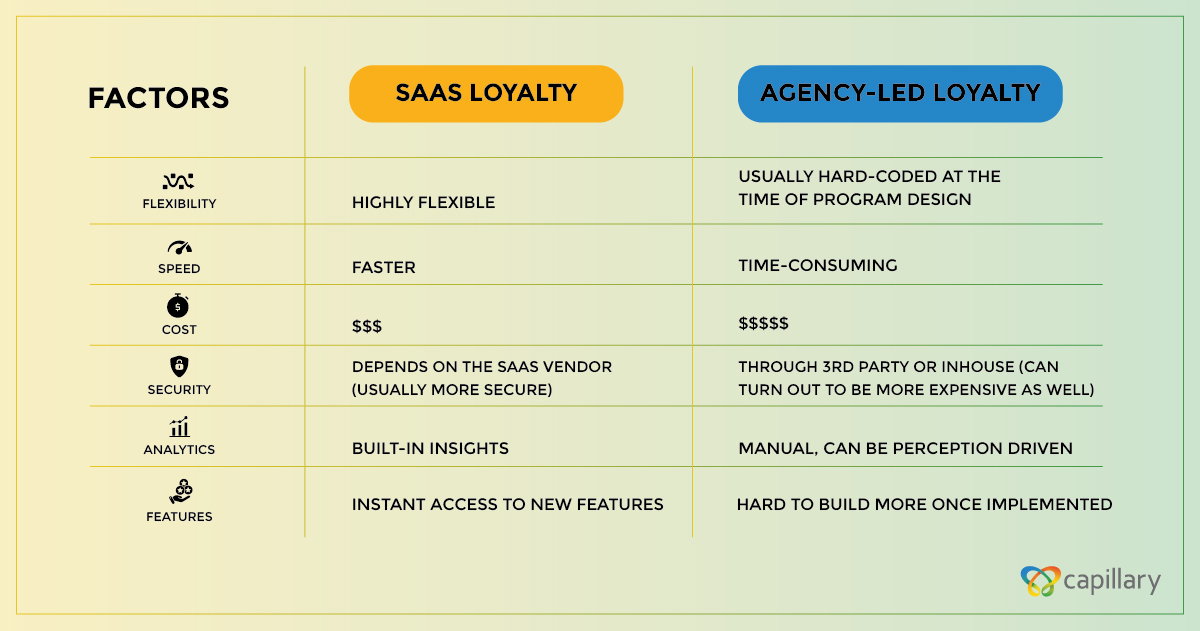Streets bustling with vibrant colors, homes illuminated with a thousand lamps, and the scent of delicious sweets filling up your home. This is the essence of the festive season in India, a time when the nation comes alive in a grand celebration of culture, tradition, and togetherness.
October and November marks the beginning of the biggest festivities and celebration in India. It might be Navaratri in Gujarat, Durga Pooja in West Bengal, Vijayadashami in the southern part of India, or even the festival of lights, Diwali- this period brings the entire country under one roof of colorful celebrations.
But beneath the surface of these dazzling festivities lies a dynamic and ever-evolving market, where consumers are on a quest for the perfect gifts, the latest gadgets, and the most exquisite fashion. This festive period also creates an abundance of opportunities for brands not just to drive higher sales, but also to generate greater visibility and etch a space for themselves in the minds of consumers.
How Indian Consumers Shop
Several popular brands have used this season every year to kick-start their sales and build a loyal customer base. But before we explore that, let us first examine how Indian consumers shop, especially during the festive season:
- Indian consumers are known for their value-conscious shopping behavior. This love for saving money often leads them to compare prices both online and offline, ensuring they get the best possible value for their rupees.
- Many consumers plan ahead by creating detailed shopping lists months in advance, identifying what they need to buy, when, and where.
- With a shopping list and plan in place, Indian consumers usually allocate a budget for their shopping so as to ensure that they do not go overboard with their spending. According to the festive report by InMobi, 84% of Indian consumers reported an increase in online shopping budgets compared to the previous year.
- Indian consumers prefer hybrid shopping, which combines both offline and online channels. They appreciate the convenience and wide product selection offered by e-commerce platforms, and they complement this by visiting physical stores for the tactile shopping experience.
Loyalty in Play during the Festive Season
Keeping all these characteristics of Indian consumers, several popular brands are making the best use of this festive shopping by raining irresistible deals and discounts.
The two e-commerce giants in India- Amazon and Flipkart opened up their festive sales The Big Billion Days and The Great Indian Festival respectively earlier in October. But they opened it a day early for the customers who are members of their loyalty programs Flipkart+ and Prime. This in turn resulted in an even greater membership registration as the sale got close. In fact, Walmart-owned Flipkart increased registrations for its membership-based loyalty program, Flipkart+ by 60% compared to last year.
E-commerce players not only lured customers through their discounts and offers but also leveraged the power of partnered credit cards through which customers can avail additional off on their purchases. By using payment features like Pay Later, these e-commerce giants were able to create a more seamless and easy buying experience for their customers.
Top Purchased Items During this Festive Season
But what exactly are people buying this festive season? Let’s have a look:
A festive occasion always calls for dressing up in brand-new clothes and accessories. People buy new clothes for themselves and for other family members to gear up for the celebrations. Whether you are from Tier 1, 2, or 3; this is a pattern common among the entire country during the festivities. According to the Nelson Media India survey, 69% of GenZ customers plan to spend heavily on apparel, clothing, footwear, and accessories.
Keeping this in mind, online platforms like Meesho and Myntra are offering up to 50-90% off on top clothing brands through their festive sale.
Myntra, the fashion and lifestyle e-commerce company, reported a remarkable 460 million customer visits during its recent Big Fashion Festival, its major annual sales event.
Indian consumers eagerly anticipate the festive season as an opportunity to upgrade their gadgets and enjoy the latest features and capabilities.
Exclusive deals and offers on e-commerce platforms make online shopping a preferred mode of purchasing gadgets for consumers. Flipkart revealed that during their Big Billion Day Sale, smartphones in the Rs 20,000+ segment saw a notable increase in demand among both metro and tier 2 audiences.
Prime members purchased more than 75 smartphones per second in the first hour of sale during Prime Early Access. 75% of phones were purchased by customers from Tier 2 and Tier 3 cities.
Amazon customers also shopped for more premium smartwatches in the first 48 hours compared to last year. Ten premium active noise-canceling headphones were bought by customers every minute on the platform.
Adding to this festive season is the Cricket World Cup. The World Cup has aligned with India’s festive season after 36 years and this has resulted in a higher-than-usual purchase of home appliances like speakers and TVs. Home appliances like washing machines, and refrigerators were always one of the most purchased items during the festive season.
Companies like Godrej expect a higher sale (30%) of premium appliances in the category of TV, audio equipment, and other home appliances.
Beauty products, encompassing cosmetics, skincare, and fragrances, experience a surge in demand during the festive season in India. The festive season accounts for a lot of community gatherings creating a demand for beauty products. According to the Nielsen Media survey76 percent of Indian consumers purchased luxury and authentic beauty brands during online festive shopping events.
During Indian festivals, decorating homes is a common tradition that boosts sales for companies in furniture and home decor. Home furnishing comprises of almost half of Myntra’s home category, with bedsheets, curtains, and cushion covers, and stands being the major products in the category. This festive season, Myntra’s home category has seen a 50% jump in demand, with people showing a lot of interest in bedsheets, decorative items, cookware etc.
Automobiles are considered to be one of the most expensive items in an Indian household and that’s why several consumers consider waiting for the deals and discounts to open up during the festive season. Not just that, buying expensive things, like cars and bikes at the time of festivities is considered auspicious according to the Indian belief system.
According to FADA, the Navratri period saw a surge in bookings driven by the introduction of new models (particularly SUVs) and attractive consumer offers. Vehicle registrations during Navratri, as a result, soared 18%, an all-time high, surpassing the highest recorded in 2017.
Jewelry, especially gold, and silver has always been at the center of Indian heritage, and its purchase is mostly driven by tradition. According to Indian culture, purchasing gold and silver during Dhanteras, which is celebrated around the time of Diwali, is believed to bring joy and prosperity to the household. This belief results in people stocking up on gold, diamonds, and silver jewelry during the festive season. Understanding the Indian consumers and their emotions with jewelry, several jewelry retailers, like Tanishq, offer attractive deals and discounts to pull the consumers to their shop.
The upcoming wedding season only adds to the demand for jewelry, with people starting their wedding purchases during this time.
When it comes to jewelry, consumers prefer in-store purchases as they prefer touching and feeling the jewelry and having a close look at the design. This really enhances their purchase decision. Hence, jewelry brands have been focusing on creating a memorable in-store experience for their customers.
Conclusion
While the festive season continues to generate huge amount of sales for brands, they need to also remember that this season is not just a commercial opportunity but a chance to forge lasting connections with customers. Loyalty platforms play a pivotal role in this endeavor. By recognizing and catering to these shopping preferences, brands can not only offer products that resonate with customers but also create memorable and rewarding experiences.
The festive season can become a platform for brands to show their appreciation, enhance customer relationships, and establish themselves as a trusted partner in the celebration of these cherished moments. Make the best use of this opportunity and kickstart your loyalty program now with Capillary Technologies. Get in touch with our partner here.


